Always Here for You.
Lighting Warehouse offers direct support to customers. We always have your back.
SHOP BY LW BRAND
SHOP CATALOG
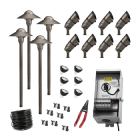 Easy-Install Kits
Easy-Install Kits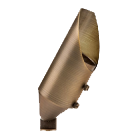 Uplights
Uplights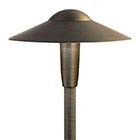 Path & Walkway Lights
Path & Walkway Lights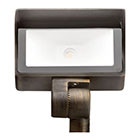 Flood & Wall Wash Lights
Flood & Wall Wash Lights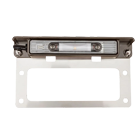 Hardscape Lights
Hardscape Lights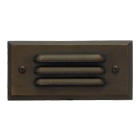 Step Lights
Step Lights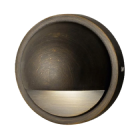 Outdoor Deck Lights
Outdoor Deck Lights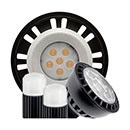 Outdoor Bulbs
Outdoor Bulbs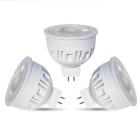 RGBW Color Lights
RGBW Color Lights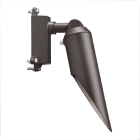 Downlights
Downlights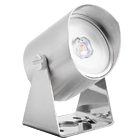 Underwater Lights
Underwater Lights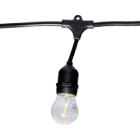 Bistro String Lights
Bistro String Lights Holiday Decorations
Holiday Decorations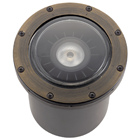 In-Ground Well Lights
In-Ground Well Lights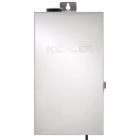 Transformers
Transformers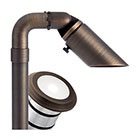 Accessories
Accessories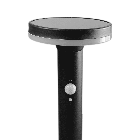 Solar Lights & Portables
Solar Lights & Portables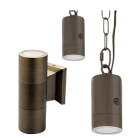 Specialty Lights
Specialty Lights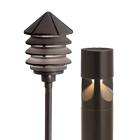 Bollard Lights
Bollard Lights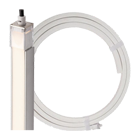 Tape Lights
Tape Lights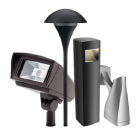 120V Landscape Lighting
120V Landscape Lighting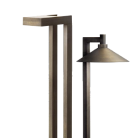 Dark Sky Approved Lights
Dark Sky Approved Lights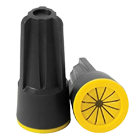 Connectors
Connectors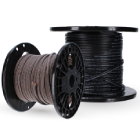 Wire & Cable
Wire & Cable Timers & Control Devices
Timers & Control DevicesAlways Here for You.
Lighting Warehouse offers direct support to customers. We always have your back.
Save More When You Become a Customer!
Lighting Warehouse offers support to customers at home.

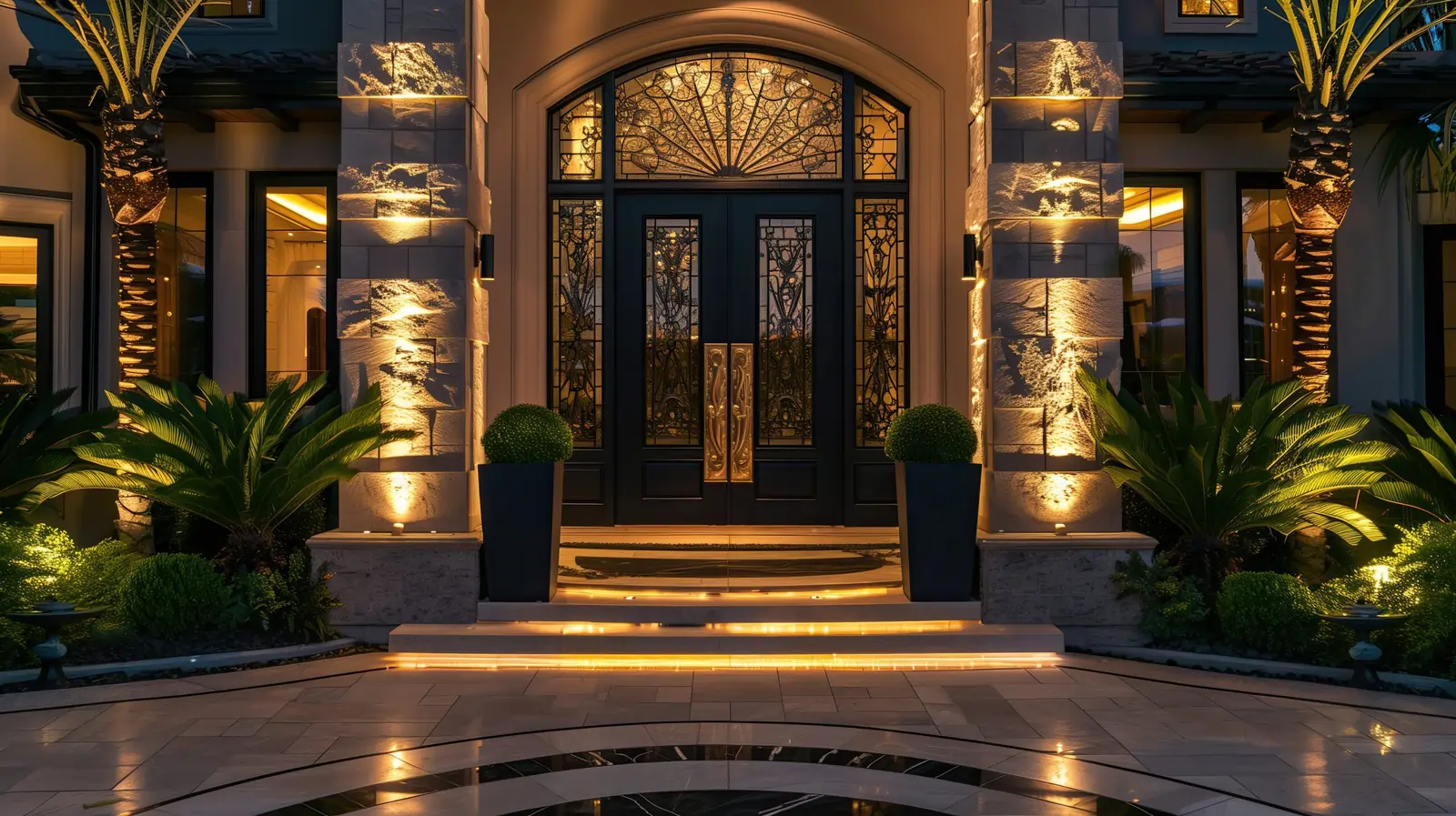
February 14, 2025
Table of Contents: Uplighting Guide
Uplighting is a powerful way to enhance the beauty of any home or commercial property. By strategically placing outdoor lights upward, you can highlight standout architectural features, add depth to landscaping, and improve nighttime visibility.
This guide covers everything you need to know about uplighting for landscape residential and commercial spaces, from benefits to installation tips and options for your landscape lighting design.
Uplighting is a landscape and architectural lighting technique that involves placing lights at ground level to shine upward and create a dramatic effect by illuminating walls, trees, columns, and other vertical elements.
Unlike traditional outdoor downlighting, which casts light from above, uplighting enhances textures and shapes while minimizing harsh shadows. Multiple uplighting fixtures are available depending on your intended effect from subtle outdoor accent lighting that creates specific moods to powerful flood lighting options that can increase visibility and bring attention to specific elements.
Uplighting is more than just a landscape lighting design choice—it’s a strategic way to enhance both the beauty and functionality of a space. Whether you’re looking to highlight architectural details, improve safety, or make a business more inviting after dark, the right lighting can make all the difference.
Here’s how uplighting can transform your home or commercial property:
Uplighting serves different purposes depending on the setting. Understanding what each space calls for ensures that you choose the right fixtures and techniques to achieve the best results.
Here’s how you can incorporate uplighting at your commercial property:
Here’s how you can incorporate uplighting at home:
Uplighting isn’t just about brightness—it’s about creating depth, ambiance, and dramatic lighting in your outdoor space. The right techniques can transform architectural elements, highlight landscaping, and add a touch of elegance to any property.
When it comes to uplighting, two popular techniques can dramatically change the look of your space: wall grazing and wall washing.
Spotlighting trees from below adds height and dimension to your landscape. For large trees, multiple lights can be placed at different angles to enhance both the trunk and canopy.
Plus, you can combine uplighting with moonlighting by placing lights higher in the tree and angling them downward. This technique mimics natural moonlight, adding a magical effect to pathways and garden areas.
Tall architectural features—columns and pillars—naturally draw the eye. By placing lights at their base, you create vertical lines that add a sense of grandeur and enhance their prominence.
Column and pillar uplighting is quite effective for entryways, patios, and commercial buildings looking to make a bold statement. This technique can also be used to highlight pergolas, gazebos, or outdoor seating areas, making these structures more visually distinct at night.
For a striking nighttime display, try silhouette lighting. Place a fixture behind an object, such as a sculpture or dense shrubbery, to highlight its silhouette. Silhouetting creates a bold, artistic look that enhances the contrast between light and dark.
Shadowing, on the other hand, uses front-facing lights to cast soft, moving shadows that add depth and texture. This technique works particularly well with trees that have delicate branches, allowing the shadows to shift gently with the breeze.
Uplighting might not be the first thing that comes to mind when thinking about outdoor garage lights or path lights, but it’s actually a game-changer. While traditional path lights focus on direct illumination, in-ground well lights and strategically placed uplights can enhance both safety and style.
Well lights recessed into the ground provide a sleek, low-profile solution that prevents tripping hazards while subtly brightening the walkway. For optimal path light spacing, place them along the edges of a path every 6 to 8 feet, near intersections, curves, or steps, ensures safe navigation while maintaining a clean, unobtrusive look.
Meanwhile, uplights positioned at the base of trees, columns, or architectural features add depth and elegance, making your driveway or path feel more inviting. By highlighting curves, edges, or nearby landscaping, this technique creates a natural guide for both foot and vehicle traffic—blending practicality with high-end design.
The right uplights can transform an outdoor space, enhancing both aesthetics and functionality. Whether you’re looking for dramatic accents, subtle illumination, or energy-efficient options, there’s a lighting solution to fit your needs.
Uplighting is a powerful tool for transforming both residential and commercial spaces. Whether you’re looking to enhance your home’s charm, increase lighting security measures, or make your business stand out, the right uplighting strategy can make all the difference.
By selecting high-quality fixtures, using effective placement techniques, and opting for energy-efficient solutions, you can create a visually stunning and functional lighting design that adds value to any property.
It depends on your design goals. Uplighting adds impact and drama while downlighting creates a more natural, even illumination. Uplighting is great for highlighting architectural features, trees, or statues by casting shadows and adding depth, making them stand out. On the other hand, downlighting creates softer, more ambient light, often used to illuminate paths for safety.
The number of lumens needed for outdoor uplighting typically depends on the size of the area and the effect you want to achieve. For trees or statues, anywhere from 300 to 1,000 lumens per light can provide a good balance between visibility and ambiance. For larger spaces, such as a commercial property or a large garden, you may need multiple lights or higher lumens (1,000-2,000 lumens). Always consider your lighting intentions. A subtle accent requires less lumens while a bright highlight requires more.
For uplighting, the most common types of lights used are spotlights, flood lights, and well lights. LED lights are a popular choice due to their energy efficiency and longevity. Spotlights focus light in a narrow beam, ideal for highlighting specific features such as sculptures or trees. Flood lights provide a wider spread of light for larger areas, while well lights are embedded in the ground to cast light upward without being visible. Choose a light with adjustable beam angles to customize the effect depending on the feature you’re highlighting.
It’s best to place uplights where you want to showcase certain elements of your space. For instance, a notable tree in your front yard, the set of stairs leading to your front porch, or the unique window arrangements of your home can all benefit from uplighting effects. You also need to consider if the effect is more for visibility of aesthetic purposes. Flood lights might be a better option for the former while in-ground well lights are a great selection for adding illumination and ambiance to the overall aesthetics of your home.
The answer depends on a few factors such as intended effect, the size of the illumination area, and budget. If you want to showcase a small garden, then a handful of uplights can get the job done. However, if you want to line your home’s exterior with uplights, then you might need to consider a more robust setup that shows off your home in the best light possible without constantly being a visual hindrance to those inside. Of course, smaller areas will require fewer uplights, getting the illumination might require some stronger, less efficient lighting options.
Uplighting fixtures can use LEDs, which are great for energy-efficient lighting setups. However, if you want stronger lighting output for a commercial property or for adequately lighting up your driveway, you could go for halogen lights or even outdoor incandescent light bulbs. These won’t last as long as LEDs, making landscape lighting maintenance more tedious due to replacement bulbs, but they will easily provide the powerful illumination needed to deter intruders and provide a clear view of paths and potential obstructions.
Join our Insider list and check out the different lighting options that we have to offer.
Sign up for exclusive offers and insight into what’s new for Lighting Warehouse. Elevate your outdoor lighting today!
By inputting your email, you agree to receive recurring promotional emails to which you may unsubscribe at your discretion.
Start Building Your Landscape Lighting System Today at Lighting Warehouse!
Monday - Friday

Speak to us at 855-444-8424